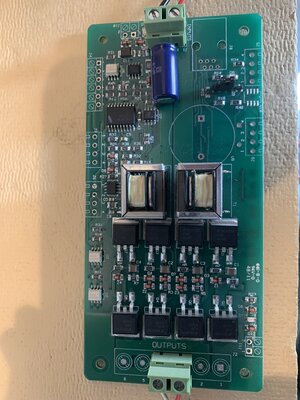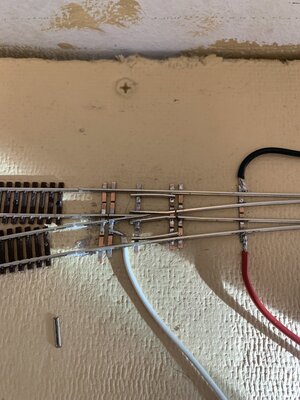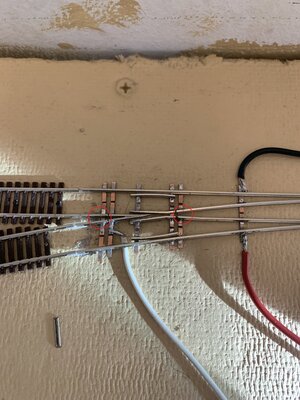VTRailway
Active Member
Title pretty much sums it up. First time installing an auto reverser on my NCE power cab powered layout. The reverser is a DCC specialties ASR I bought many years ago when dabbling in the hobby. I have a reverse loop that comes off a #6 hand laid turnout with isolated power routed frog. The loco's run through the turnout fine when testing. This turnout will eventually be run by a tortoise but for now I'm in charge of it's route direction and power routing during testing. The reverse loop is right off the turnout. Test loco is a 4 axle GP38. The second it crosses the isolation gap to the turnout it shorts out. Do I need more spacing between the reverse loop and the turnout? currently 3/4" on both legs. Wondering if this needs to be increased to at least a locomotive length or if there is a minimum distance from a turnout that is recommended?




